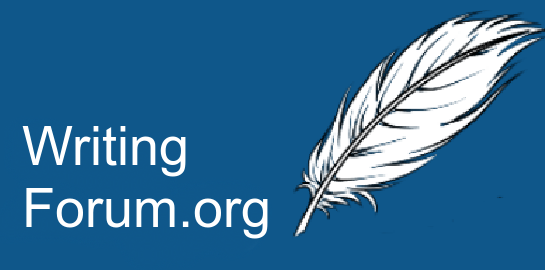Louanne Learning
Active Member
How important do you think a coherent narrative arc is to a story?
For greatest reader engagement and satisfaction, IMO, stories should have a beginning, a middle and an end that follow this path:
Exposition > inciting incident > rising tension > climax > resolution
To me, this is a winning formula.
For greatest reader engagement and satisfaction, IMO, stories should have a beginning, a middle and an end that follow this path:
Exposition > inciting incident > rising tension > climax > resolution
To me, this is a winning formula.
